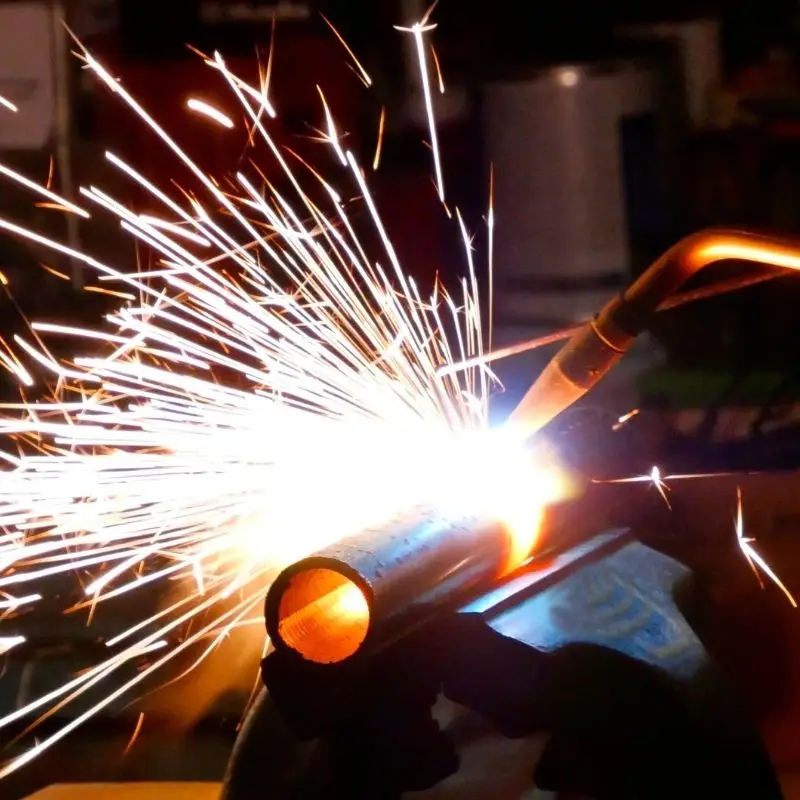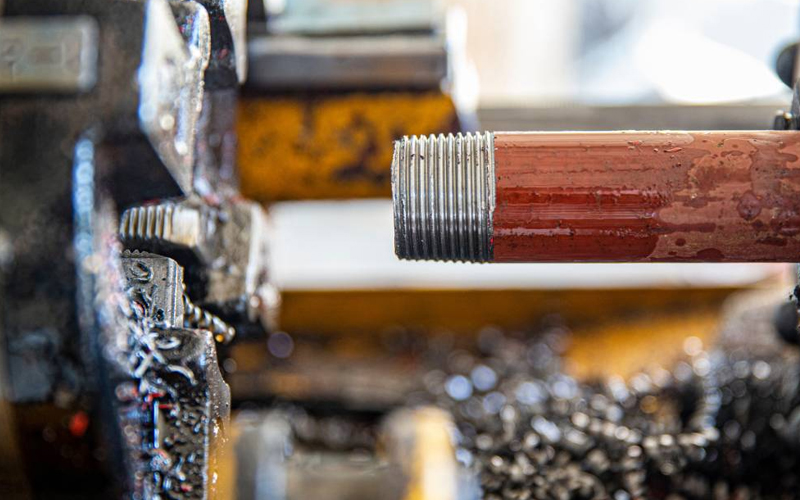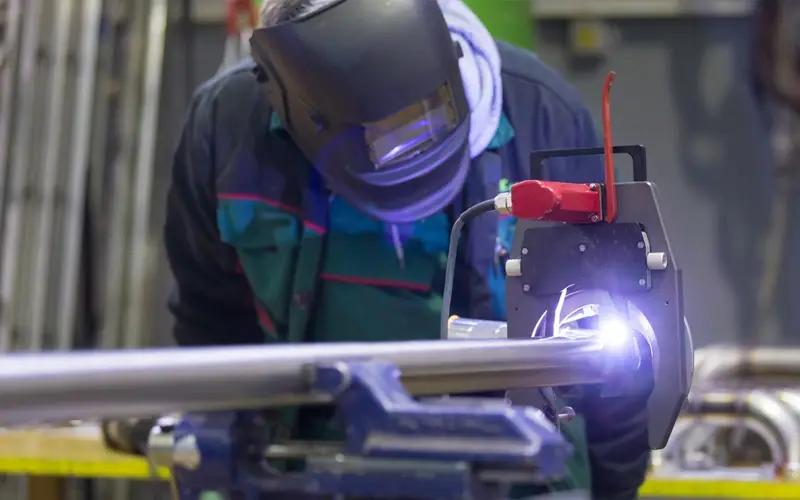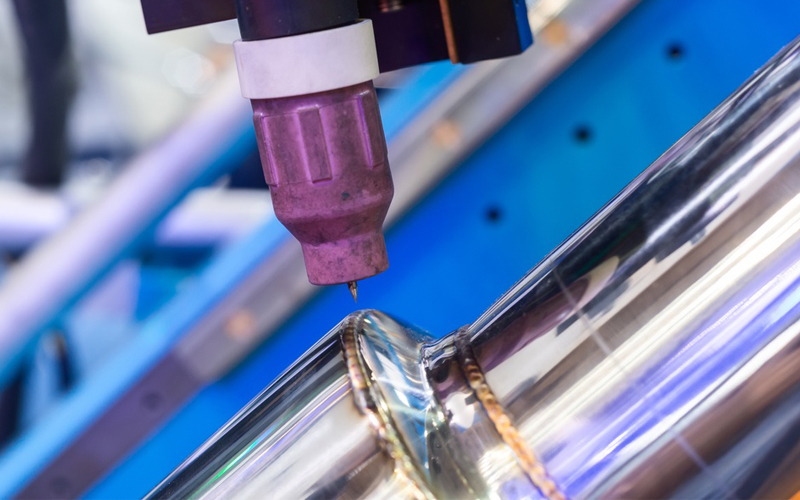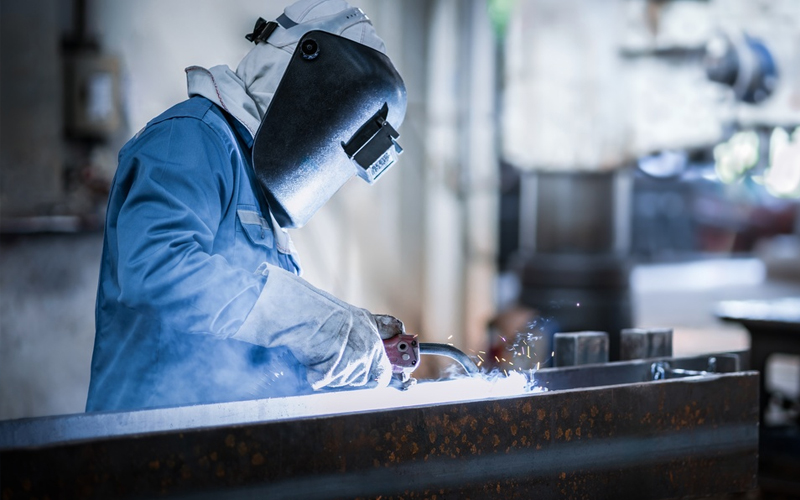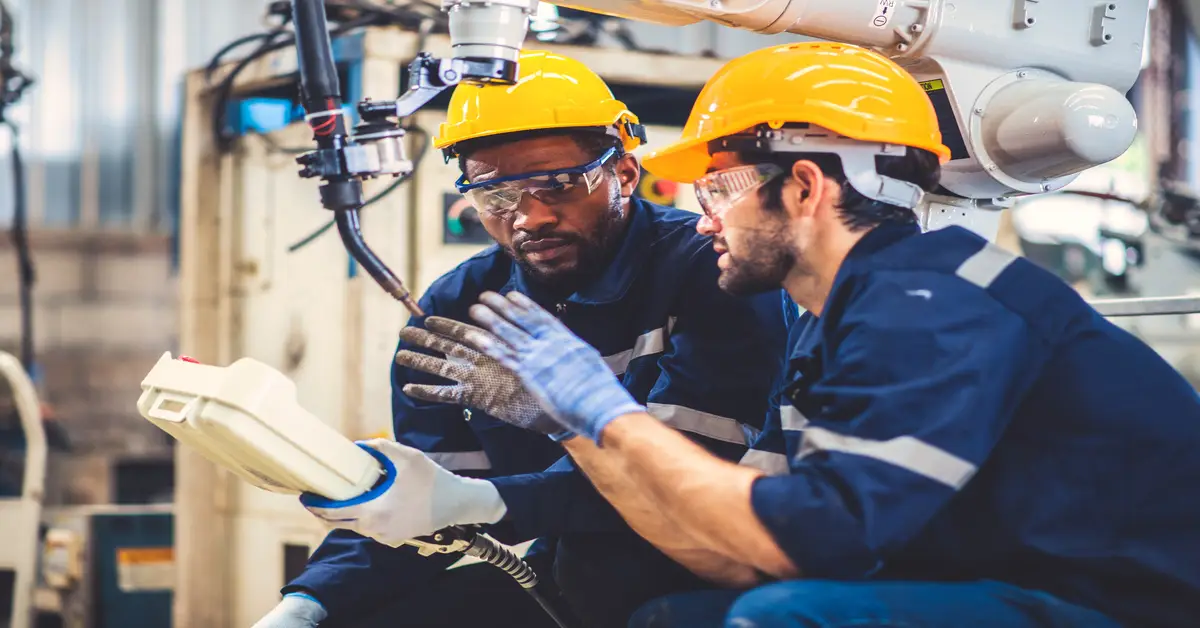
Welding is both a science and a craft, where precision drives performance. At the heart of accuracy lies weld torch calibration. From structural integrity to production efficiency, calibration guarantees your welding output meets industry standards and delivers great results. Let’s explore the different optimizing weld torch calibration techniques that improve the quality of your work.
Key Techniques for Effective Weld Torch Calibration
Calibrating your weld torch affects weld quality, safety, and operational efficiency. Implementing these effective techniques streamlines the process and guarantees accuracy in every weld:
1. Stabilize Your Calibration Environment
Temperature fluctuations and humidity affect sensor accuracy and metal expansion, leading to skewed calibration results. Performing calibration in a climate-controlled environment reduces external variance and delivers consistent output.
2. Use Digital Calibration Tools With Fine-Tuning Capabilities
Advanced digital multimeters and calibration units provide higher resolution readings and more precise adjustment controls than analog tools. You can fine-tune voltage and amperage to match specifications to a fraction of a unit, which is essential for automated processes or high-spec fabrication.
3. Calibrate Using Process-Matched Test Plates
Use test materials that match your production-grade metals in type, thickness, and finish. Differences in material conductivity and response influence weld quality, and calibrating with similar substrates improves production continuity.
4. Log and Track Calibration Results Over Time
Keep a detailed calibration log that records settings, output readings, and environmental conditions. Reviewing these logs helps you identify gradual equipment drift and make preemptive adjustments before performance issues arise, principally in high-volume or automated welding operations.
5. Regularly Clean and Inspect Torch Components
Contaminants on the nozzle, liner, or contact tip distort arc behavior and reduce consistency. Incorporate torch cleaning into your calibration routine for reliable arc starts and accurate amperage delivery.
6. Benchmark Against Manufacturer Specs and Application Demands
Don’t stop at meeting OEM standards—calibrate your torch based on the manufacturer’s parameters and the tolerances of your application. Tuning to tighter tolerances prevents weld failures and rework.
When To Calibrate
Knowing when to calibrate is just as important as how. New weld torches or automated welding machines should always be calibrated upon installation to meet manufacturer specifications. Additionally, if you notice erratic amperage or voltage, immediate calibration is necessary to address these issues.
Even with regular maintenance, you should perform calibration every 6–12 months to maintain optimal performance. Recalibration confirms that your torch is accurate if there are discrepancies in positioning or alignment.
Elevate Your Welding Performance
Optimizing weld torch calibration techniques is vital for maintaining weld quality, reducing downtime, and complying with industry standards. Integrating these techniques into your workflow enhances both productivity and consistency.
SEC Industrial provides expert calibration, welding equipment repair, and hands-on training to keep your shop running efficiently. Whether you’re fine-tuning torch settings, restoring faulty machines, or upskilling your team, we deliver the service and technical support welding professionals rely on.
